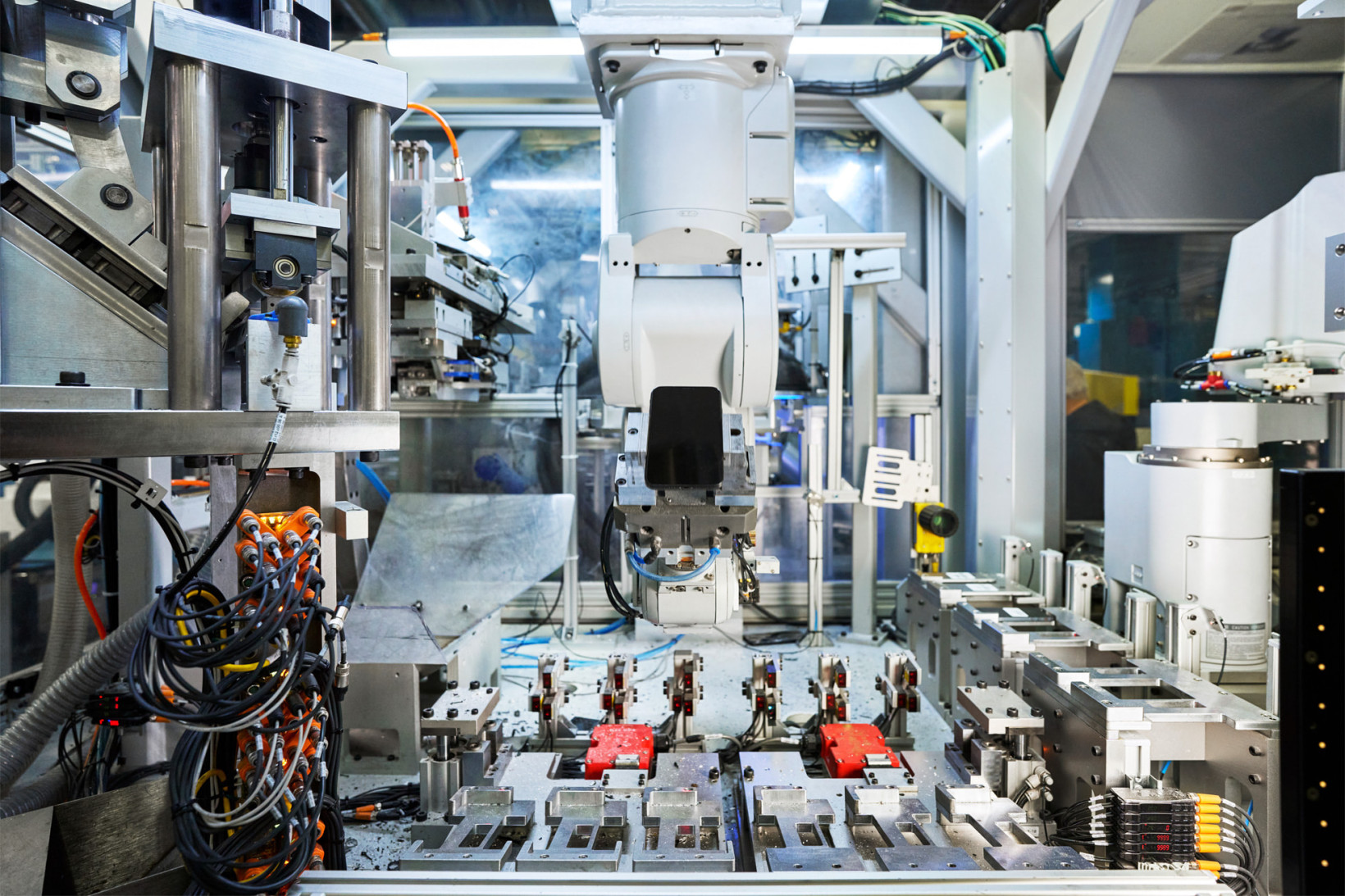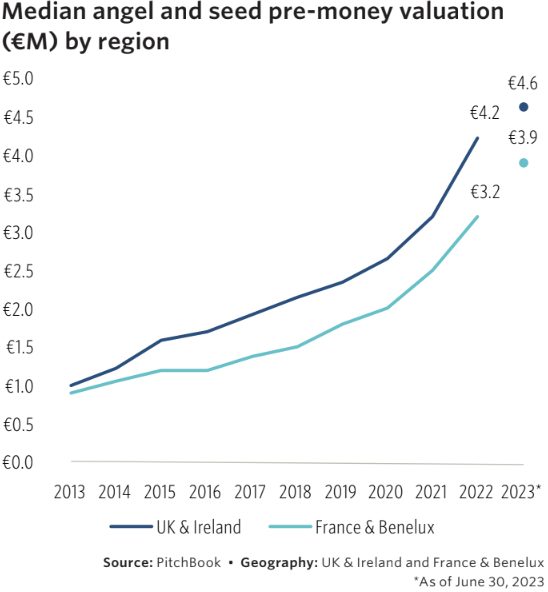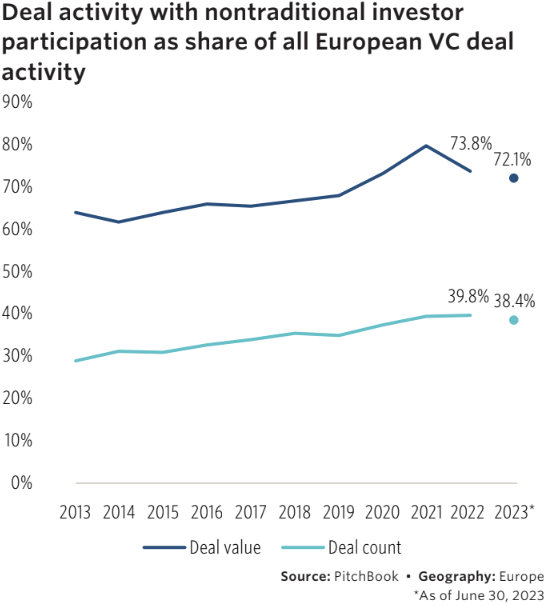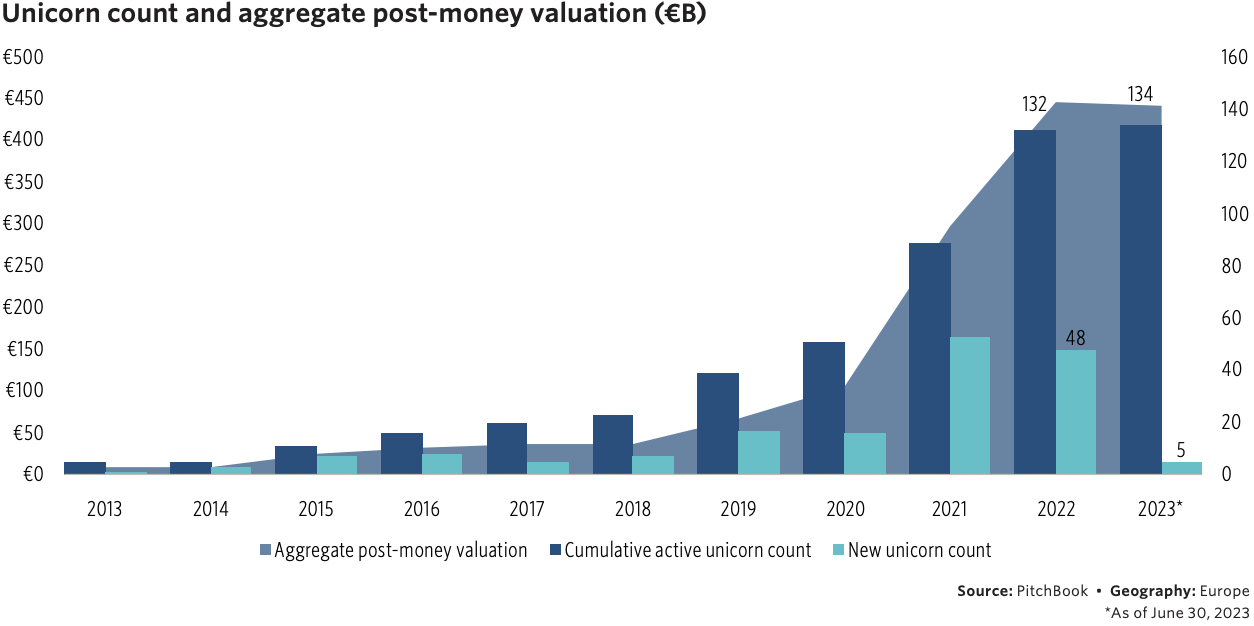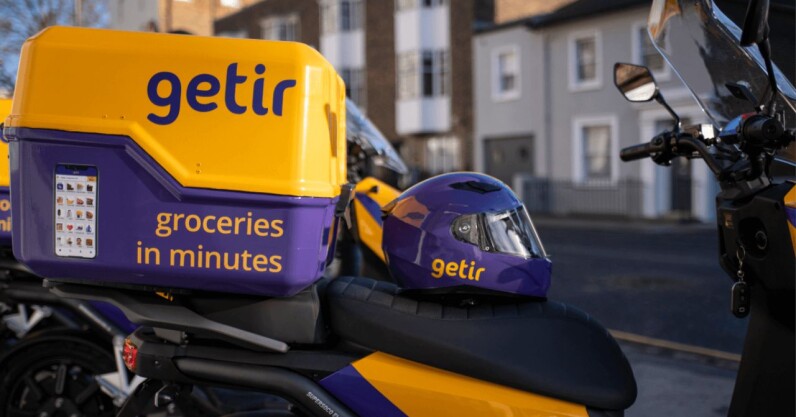As July drew to a close, Getir announced plans to withdraw from three more markets. The Turkish rapid grocery delivery startup pulled out of Spain, Portugal, and Italy, in a move that reduced its European footprint to just four countries.
It’s the latest chapter in a string of difficult encounters for the company and for the q-commerce or rapid grocery delivery market more generally in Europe. The space is undergoing a tough transition as VC money dries up and cost-of-living challenges abound for consumers.
As for why Getir decided to slim down its operations, a spokesperson said that the “withdrawal from these three markets will allow it to focus its financial resources on existing markets where the opportunities for operational profitability and sustainable growth are stronger.”
Re-focus has been a common theme in the industry.
Just a few months ago, Getir was something of a saviour for rapid grocery delivery in Europe, by acquiring Berlin’s Gorillas at a reduced valuation of $1.2 billion (€1.1bn) before it went bust. Similarly, Getir acquired UK competitor Weezy in 2021.
Just a few months ago, rumours swirled that the Turkish company was in talks to purchase Flink, another German rival. But now Getir is facing its own hurdles.
Alex Frederick, an analyst at Pitchbook, said he does not think the rapid grocery delivery segment is coming to an end but it is contending with a growing list of challenges.
“It definitely is more challenging to execute profitably than standard delivery,” Frederick said.
The pandemic’s rapid delivery boom
Several startups stormed onto the scene in 2020 during the pandemic, offering grocery and convenience goods delivered in 15, 20, or 30 minutes via networks of fulfilment centres in cities. While critics griped over the economics of it all, VCs pumped eye-watering sums into the startups.
But as the pandemic eased and lockdowns drifted into the past, the market and customer profile changed as food price inflation and higher cost-of-living expenses dented consumer spending power.
“It’s generally a low-margin business and requires high order volume. These companies look to raise massive amounts of capital to basically move into new markets and become the leading provider in those markets to operate profitably there but that was reliant on a significant amount of VC funding,” Frederick said.
Market volatility over the last 12 to 18 months has pushed many VCs to urge their portfolio companies to cut costs, focus on top-performing markets and verticals, and create a clear path to profitability rather than the scattergun, grow-at-all-costs approach that defined 2020 and 2021.
Viable markets
Getir is reportedly close to clinching a deal with Abu Dhabi’s sovereign wealth fund Mubadala to shore up its business and to finance its renewed focus on its best-performing markets, including the UK, Germany, the Netherlands, Turkey, and the US, which the company said generate 96% of its revenues.
It can be difficult to pin down just what markets in Europe are the most viable or lucrative for q-commerce companies.
However, examining the markets that companies have exited in recent months indicates where the challenges may be. For example, Getir, Flink and GoPuff left France due to regulatory hurdles in the country.
The one major market that remains standing for many is London. This is very much the case for British player Zapp, which has realigned all its resources solely to the UK capital after exiting markets such as the Netherlands and other British cities like Manchester.
“Zapp has always been centred on winning London as the leading premium convenience store delivering 24/7, and this strategy has proven to be highly successful,” SVP of strategy Steve O’Hear said.
He added that Zapp’s London business has tripled in the past 12 months and that the market still has much to offer as online penetration in convenience retail is “still significantly behind most retail categories”.
“Therefore there is plenty of opportunity for further growth in the capital city alone,” he said.
Sammie Ellard-King, a financial advisor who hosts the Up The Gains podcast, said that while European grocery delivery is in a “tumultuous” state right now, there is still potential for the sector once customer retention is the priority rather than hasty expansion.
“They need to concentrate on perfecting their operations in the locations where they have a strong presence, much like Zapp is doing in London. They need to streamline their offerings and ensure a good match with local demand,” he said.
Food delivery giant Delivery Hero, unlike its smaller peers, is staying the course with its q-commerce investments through its Dmarts division.
A spokesperson for Delivery Hero said the German company had Dmarts in “almost every market” where it has a presence. Across its various brands, Delivery Hero is in dozens of locations in Europe and Asia.
“Quick commerce is a strong addition to our core platform business, allowing us to build upon our existing tech and logistics capabilities to provide greater value for our customers,” she said.
Luring investors back to rapid delivery
For the companies that raised big rounds in the pandemic, a tighter focus will be key to raising capital again, especially in a world where AI is dominating investor attention.
Mark Osborne, director of retail and execution at RSA America, a grocery industry analysis firm, has been keeping tabs on what’s happening in Europe.
“Regarding investor interest, the success of grocery delivery startups will depend on their ability to demonstrate sustainable growth and profitability. Although the pace of recovery might be slower than desired by investors, it is still a promising market with an expected annual growth of 1 to 3%,” he said.
“Moreover, as the millennial and Gen-Z populations continue to settle down, the demand for grocery delivery will increase and become more rewarding,” he said.
Looking through a long-term lens, a generational change in customers could potentially be a boon to these companies.
Pitchbook’s Frederick said that the success of q-commerce and rapid grocery delivery will be driven by consumer changes and the way that people shop for groceries — and this will not happen overnight.
“These companies are relying on consumers doing this long-term shift from doing weekly grocery orders to more spontaneous ordering,” he said. “That takes a whole behaviour shift and education that takes time and there are even questions whether it’s feasible to shift consumer buying habits.”
He added that there are other “levers” that companies could pull to streamline operations and reduce costs, mainly in the field of automation. He pointed to companies like Israel’s 1MRobotics, which is building automated “nano fulfilment centres” and raised $25 million (€22.7mn) last year.
“There is movement to making this model sustainable but it’s unclear whether it’s too little too late,” he said.
The fate of the once high-flying grocery delivery startups isn’t fully clear but as consolidation and market exits continue, it appears the number of players will be much smaller than before.






